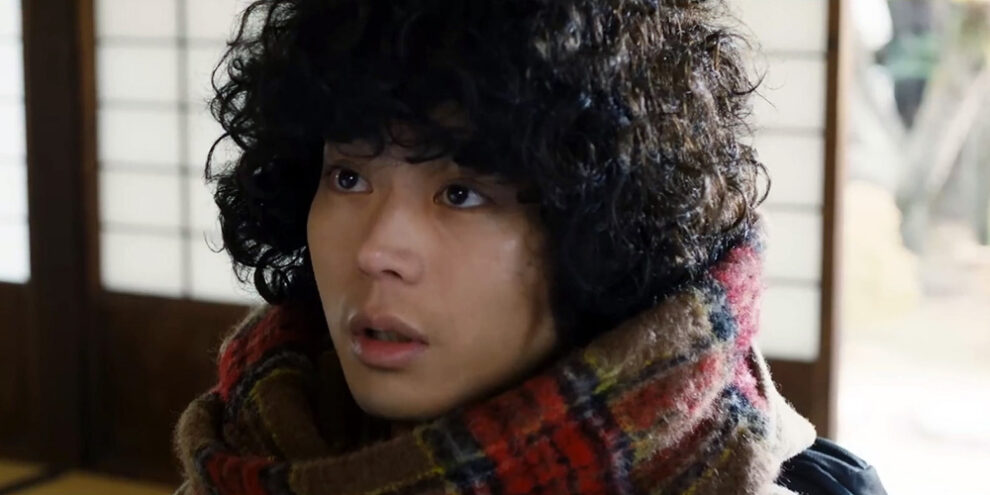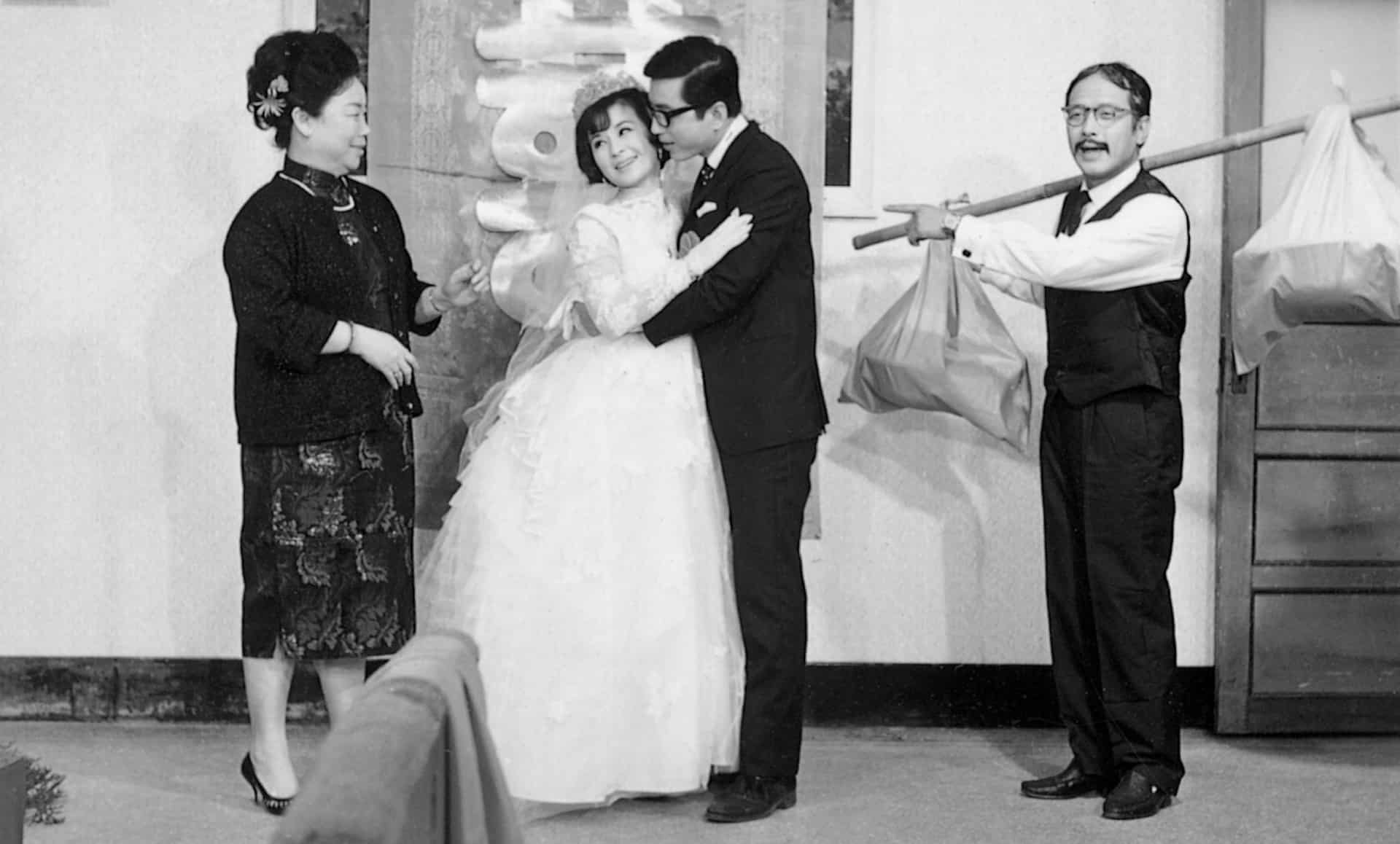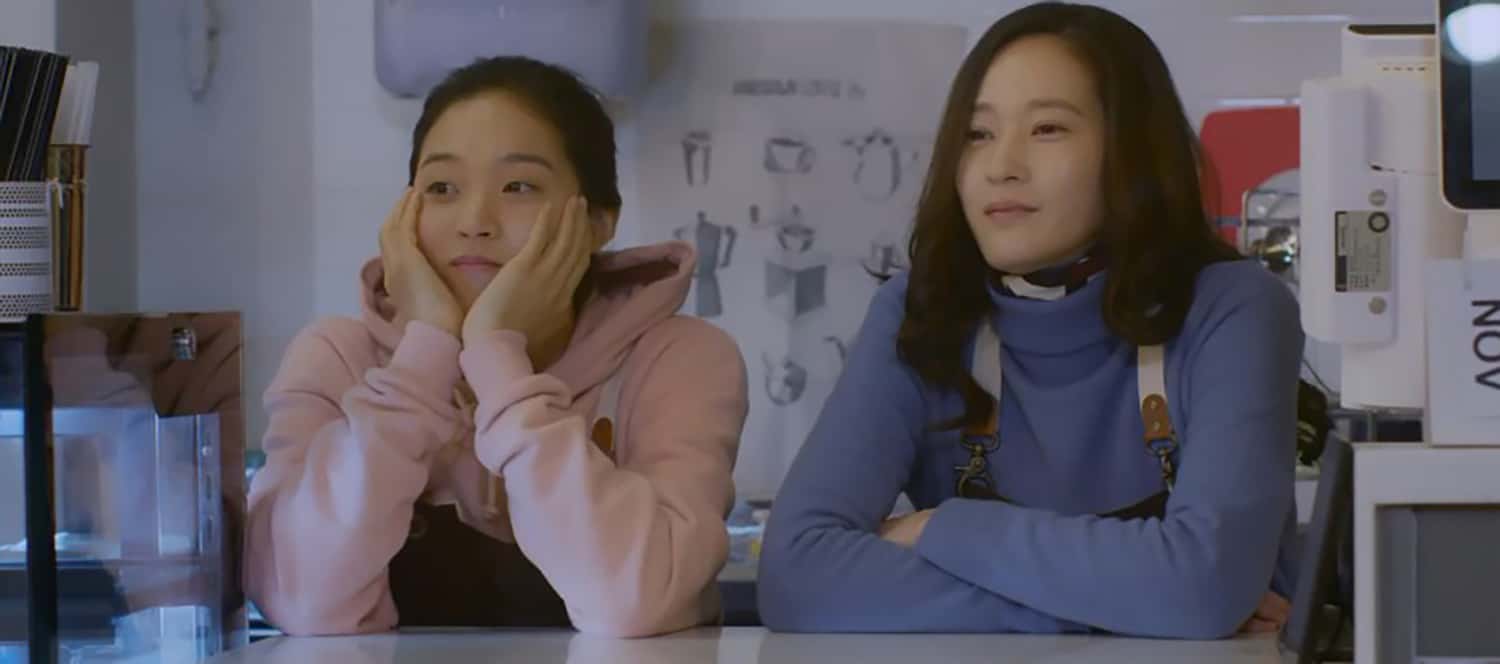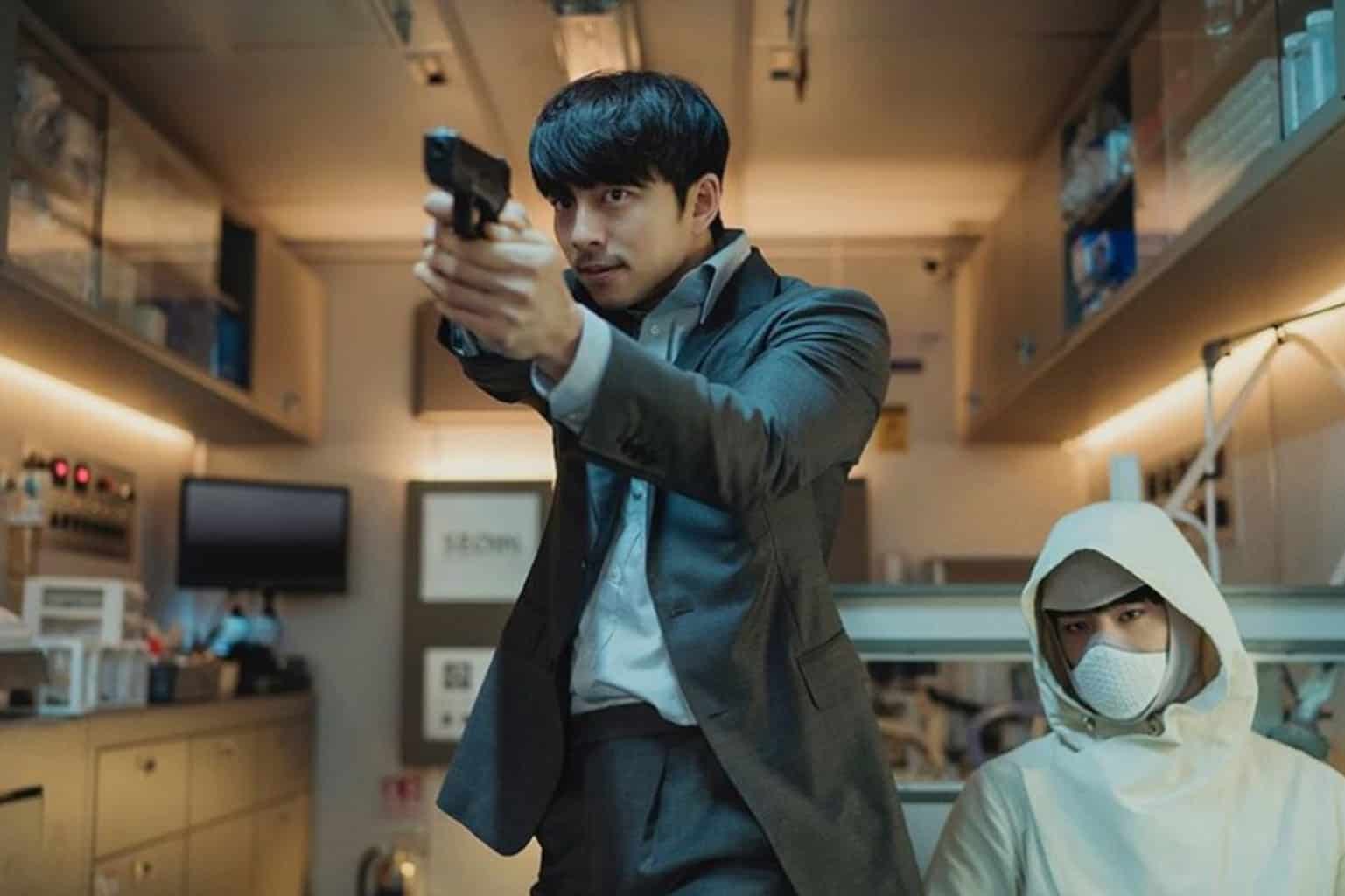‘Don't Call it a Mystery' took domestic cinemas by storm, amassing significant viewership and grossing over 30 million USD since its premiere in fall of 2023. Following ten volumes of commercially successful manga by Yumi Tamura and a Fuji TV drama series in 2022, a live-action film was the cherry on top of the expanding franchise. Starring Masaki Suda as Totono Kuno (reprising the same role from the earlier TV series), and helmed by Hiroaki Matsuyama (who was involved in the TV series format as the director as well), the film is an accessible and layered detective story with various technical shortcomings. “Don't Call it a Mystery” can be mostly enjoyed by the fans of the franchise. As for the newcomers, they might initially have a hard time tuning into the plot. After embracing the chaos of the opening sequences even those who are new to the Totono Kuno universe may get swept away by the intense plot of the film, despite the storytelling being short of restraint and direction.
Don't Call it a Mystery is screening at Toronto Japanese Film Festival

The intrigue, spanning generations of crime and violence haunting the Kariatsumari family, begins with the protagonist being invited to a reading of the final wish of the head of the clan. As the impromptu detective quickly learns, none of the direct offspring was left alive, and only grandchildren of the family's patriarch turn up to the ceremony. The four family members, initially antagonistic towards each other, are being tasked with solving the mystery of their parents' death. Once the initial enmity is settled, the grandchildren can embark on their journey to understanding the true nature of their family's legacy. The film lacks discipline of a proper whodunit like the “Knives Out” series, however it still manages to captivate with its surprising violence and scale.
“Don't Call it a Mystery” features many esoteric details which embellish the already wacky story. The Agatha-Christie-on-acid craziness stems from the clash between a rather complex intrigue, strange pacing and bizarre but ultimately paper-thin characters. This is most noticeable with the protagonist whom we meet without introduction, gazing at the Hiroshima bombing memorial. He is asked by Shioji Kariatsumari (Nanoka Hara) to accompany her on the way to the testament reading. There is little context as to whom Kunō is, and why would he be approached as a detective. His supernatural deductive and observational skills are a given, as well as his ability to suddenly appear in various scenes out of nowhere.
If you like Don't Call it a Mystery, check also this video
A similar pattern of logical jumps and gaps appears throughout the film, with characters rambling and going on tangents, dialogues completely derailing and subplots emerging out of the blue. Some of these shortcomings are covered up by explanatory conversations and flashbacks, some simply aren't. A crime story needs two ingredients: a dense and surprising intrigue, and neat storytelling to go along with it. “Don't Call it a Mystery” has the former element, but lacks in the latter.
The clunky script is matched by equally sub-par TV acting. The film is overabundant in characters (four siblings, their partners, uncles and grandfathers, ex-boyfriends and other family members – the list could go on), who are never properly developed. The actors have little to play with and thus must their restrict their expressions to the most basic and straightforward ones. Honami Suzuki's Nanae Kariatsumari stands out from this crowd, as the actress manages to add some intensity and memorable line deliveries to otherwise bland scenes.
The cinematography, like other aspects of the film, is technically and tonally disjointed. Some of the scenes are atmospheric due to intricate lighting and longer lenses creating a consistent feeling of horror and tension. These, however, are often undercut by scenes shot with very wide lenses sweeping through the various spaces, not focusing on any emotion or detail in particular. It is often in the day scenes, where actors' faces are bombarded with light from all of the angles, that “Don't Call it a Mystery” comes across as the flattest. Jumping between proximity and distance, close-ups and wide, restrained symmetrical compositions, the film's camerawork surprises, as often as it disappoints.
These technical and storytelling shortcomings serve as significant distractions from an otherwise fun and excitingly convoluted intrigue. Clearly made for the fans of the franchise, “Don't Call it a Mystery” is an amalgamation of different styles, tones and ideas. Lacking in directorial imprint and discipline, the film ultimately feels like a missed opportunity at conjuring up a fun whodunit that could stand out from numerous manga adaptations pumped out in Japan on an almost daily basis.













